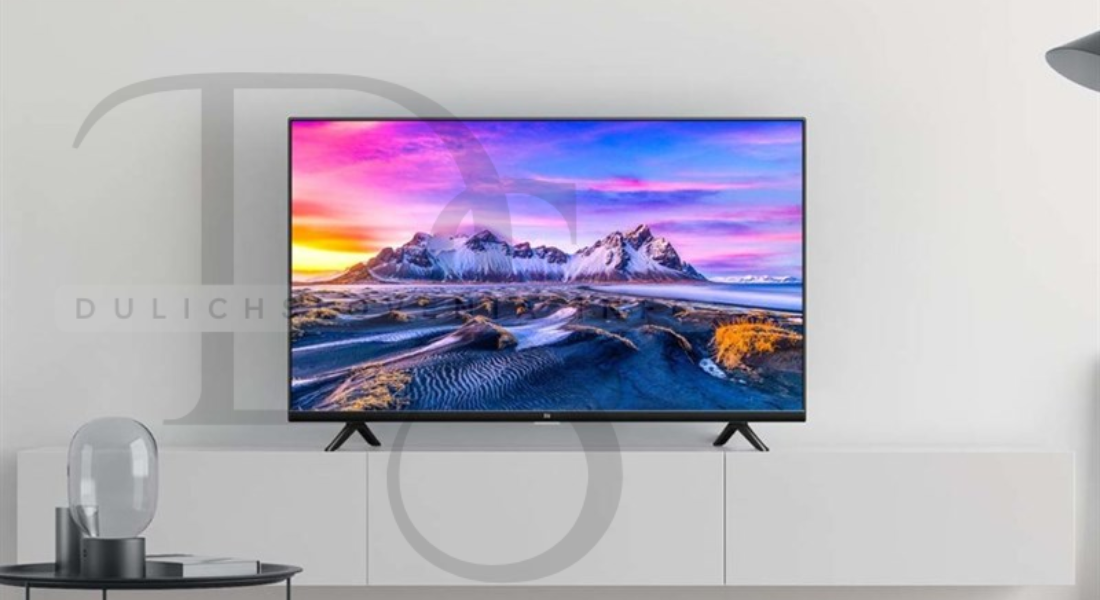When it comes to optimizing your television’s picture quality, calibration is the key to achieving vibrant, accurate, and immersive visuals. For Xiaomi TV owners, fine-tuning the display settings can elevate your viewing experience, especially with the brand’s cutting-edge technology. Whether you’re a casual viewer or a home theater enthusiast, knowing how to calibrate your Xiaomi TV can make a significant difference in your overall satisfaction.
In this comprehensive guide, we’ll walk you through everything you need to know about Xiaomi TV calibration. From adjusting brightness and contrast to tweaking advanced settings, we’ll cover it all. Let’s dive in!
What is Xiaomi TV Calibration?
Xiaomi TV calibration refers to the process of adjusting various picture settings on your Xiaomi television to ensure that the display produces the most accurate and optimal picture quality possible. Calibration is important because TVs, out of the box, often have color inaccuracies, poor contrast, or excessive brightness that can affect your viewing experience.
By calibrating your Xiaomi TV, you can ensure the colors are true to life, contrast levels are balanced, and overall picture quality is enhanced.
Why is Calibration Important for Xiaomi TV?
Calibrating your Xiaomi TV has several benefits that contribute to a superior viewing experience:
- Improved Picture Quality
Calibration helps to balance the brightness, contrast, and color settings, resulting in more vibrant and accurate visuals. - More Accurate Color Reproduction
Most TVs come with preset picture modes that often skew colors. Calibration allows you to adjust these settings for more natural and realistic colors. - Enhanced Contrast
Proper calibration helps achieve the perfect balance between dark and bright areas, so you don’t miss any details in scenes with both extremes. - Energy Efficiency
Proper brightness and contrast settings can also make your TV more energy-efficient, as it prevents the display from using excessive power for overly bright or dim images. - Optimized Viewing Experience
When your Xiaomi TV is calibrated, you’ll enjoy a more cinematic and immersive experience, whether you’re watching movies, playing games, or streaming content.
Step-by-Step Guide to Xiaomi TV Calibration
Calibrating your Xiaomi TV may seem like a daunting task, but with the right guidance, it can be a straightforward process. Here’s a step-by-step guide to help you get the best picture quality:
1. Start with the Picture Mode
Xiaomi TVs come with different picture modes such as Standard, Dynamic, Cinema, and more. It’s essential to start with the mode closest to what you want to achieve.
- Cinema Mode: Ideal for movies and TV shows in a dark room.
- Standard Mode: Best for general viewing.
- Dynamic Mode: Provides vibrant colors and brightness, suitable for well-lit rooms.
- Game Mode: Optimized for gaming with reduced input lag.
To calibrate effectively, start by selecting Cinema Mode or Standard Mode, as these tend to have the most balanced color settings out of the box.
2. Adjust the Brightness
The next step is to adjust the brightness of your Xiaomi TV. Brightness determines how dark or light the overall picture will appear.
- Optimal Setting: Set the brightness so that dark scenes show adequate detail without excessive black crush (where details are lost in dark areas).
- Use a test pattern or a black-and-white image to check the brightness. Aim for a setting that displays deep blacks without making the shadows too harsh.
3. Set Contrast for Optimal Balance
Contrast controls the difference between the lightest and darkest parts of the image. If the contrast is too high, bright areas may appear washed out, and if it’s too low, the picture can look dull.
- Optimal Setting: Adjust the contrast so bright highlights remain detailed while keeping the overall image balanced. A common method is to use a white screen and adjust the contrast until the brightest white areas are clear but not overexposed.
4. Fine-tune the Color Settings
The color settings on a Xiaomi TV control the intensity and accuracy of the colors you see on the screen. The goal is to achieve rich, natural-looking colors without any color bias.
- Saturation: Adjust the saturation to ensure that the colors are vivid without becoming oversaturated.
- Hue: Set the hue to avoid any unnatural tints. Greenish or reddish hues often point to miscalibrated color settings.
To get accurate color, consider using a color calibration disc or online tools like AVS HD709 test patterns.
5. Adjust Sharpness and Clarity
Sharpness impacts how crisp the image appears. While a high sharpness setting might seem appealing at first, it can introduce unwanted artifacts and make the picture appear artificial.
- Optimal Setting: Set sharpness to zero or a low value. Let the TV’s processing handle image clarity without over-enhancing the edges.
6. Enable Advanced Picture Settings
Xiaomi TVs often come with additional advanced settings that further enhance picture quality, such as:
- Motion Smoothing: If you’re watching action-packed content, enabling motion smoothing can improve the fluidity of movement.
- Color Temperature: Set this to “Warm” for more accurate skin tones and a cinematic look.
- Local Dimming: This feature controls the brightness in specific areas of the screen, improving contrast and black levels.
7. Use a Calibration Tool (Optional)
For the most precise calibration, you can use a colorimeter or calibration tool, which measures your TV’s output and helps you adjust the settings to match industry standards. Tools like the X-Rite i1Display Pro or the Datacolor SpyderX Pro can be used for professional-level calibration.
Additional Tips for Xiaomi TV Calibration
- Ambient Lighting: Make sure your room’s lighting is ideal for watching TV. Too much ambient light can wash out your TV’s picture, while too little can make the display appear darker than intended.
- Firmware Updates: Keep your Xiaomi TV’s firmware up to date to ensure you have access to the latest picture-enhancing features and improvements.
- Use Test Patterns: To make the calibration process more precise, consider using test patterns available online or from calibration discs. These patterns help you evaluate contrast, color accuracy, and overall picture quality.
Common Xiaomi TV Calibration Issues and How to Fix Them
- Too Dark or Too Bright Picture
This is often due to improper brightness and contrast settings. Ensure both are properly adjusted, following the tips outlined above. - Poor Color Accuracy
If the colors look unnatural or oversaturated, try adjusting the color saturation and hue settings, and consider using the “Warm” color temperature for better skin tones. - Motion Blur
If you’re seeing motion blur during fast-moving scenes, enable motion smoothing or adjust the TV’s motion interpolation settings.
Conclusion
Proper Xiaomi TV calibration can take your viewing experience to the next level. By adjusting the brightness, contrast, color settings, and fine-tuning other advanced features, you can unlock the full potential of your television. Whether you’re watching movies, gaming, or streaming content, a calibrated Xiaomi TV ensures that you get the most out of every scene.
Remember, calibration is not a one-time task. As your viewing environment changes or after firmware updates, revisit these settings periodically to maintain optimal picture quality.
So, take the time to calibrate your Xiaomi TV today, and enjoy a more vibrant, lifelike, and immersive viewing experience like never before!

